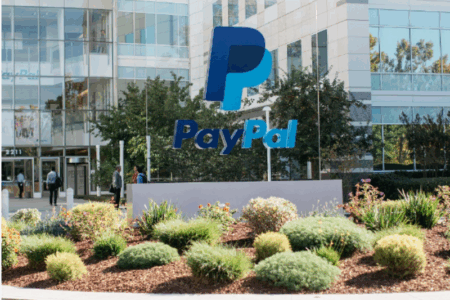Dividends are a big reason why Singaporean investors invest in the stock market.
Real estate investment trusts (REITs) are particularly popular among investors due to their regular distributions. REITs can offer a reliable stream of income as they are mandated to distribute at least 90% of their net profit.
While dividends are attractive, dividend growth is even more desirable.
Rising dividends allow you to increase your passive income without needing to inject additional capital.
That said, not all REITs are created equal.
Here are four key signs to look for when searching for a REIT that can provide a lifetime of income.
1. An underlying trend
When you invest for dividends, look for sustainability.
Take ParkwayLife REIT (SGX: C2PU), a REIT that I have owned since 2009.
In its 2007 IPO prospectus, ParkwayLife REIT identified a key demographic shift: the Asian population aged 65 and over was projected to quadruple between 2000 and 2050.
This trend pointed to a growing demand for healthcare services, particularly nursing homes and hospitals specialising in chronic and long-term care.
More than 16 years have passed, and this prediction remains remarkably accurate.
The Asian Development Bank’s 2024 estimate suggests that by 2050, around a quarter of the Asian population will be 65 years of age or older.
2. The right business model
A favourable demographic is a great start, but it’s not enough.
You also need a good business model to tap into this trend.
When ParkwayLife REIT went public, the trust started out with three Singapore hospitals, namely Mount Elizabeth Hospital, Gleneagles Hospital and Parkway East Hospital.
A key differentiator was the structure of the REIT’s master lease agreements.
These contracts virtually guaranteed a minimum annual rental increase of one per cent, providing a stable and predictable revenue stream.
ParkwayLife REIT would later expand its portfolio to include 59 nursing homes in Japan, its foundation was built on the reliable income generated by its Singapore hospitals.
This solid base allowed the REIT to capitalise on the growing demand for healthcare services in the region.
3. Track record of DPU growth
When it comes to dividends, there is no better evidence than the sound of cash hitting your bank account every quarter.
For that, ParkwayLife REIT delivered with aplomb.
Between 2008 and 2023, a period of 16 years, ParkwayLife REIT more than doubled its distribution per unit (DPU) from 6.83 cents to 14.77 cents, for an average growth rate of around 5.3% per annum.
Here’s a key point …
During this period, Singapore has endured multiple economic crises, including the Great Financial Crisis, and more recently, a global pandemic.
Yet, as you can see in the chart above, the core DPU kept rising each year without fail.
Get Smart: The final ingredient is YOU
Wait, weren’t there supposed to be four signs?
… well, the final ingredient is YOU.
The combination of an underlying trend with the right business model coupled with a track record is a great starting point.
However, there is a fourth factor, time, that is needed to produce results.
In a world where traders are buying and selling shares at a whim, you need to do the opposite: do nothing.
So, if you have found a great REIT to own, the best thing you can do is to stay hands-off and allow time for the REIT’s management to do its good work.
In time, your patience will be rewarded.
Attention: Investors aiming for both growth and peace of mind. We’ve pinpointed 5 SGX stocks known for consistent dividends. If you want to build a retirement portfolio, but don’t want the stress of stock watching, this report is for you. Click HERE to download now.
Follow us on Facebook and Telegram for the latest investing news and analyses!
Disclosure: Chin Hui Leong owns shares of ParkwayLife REIT





